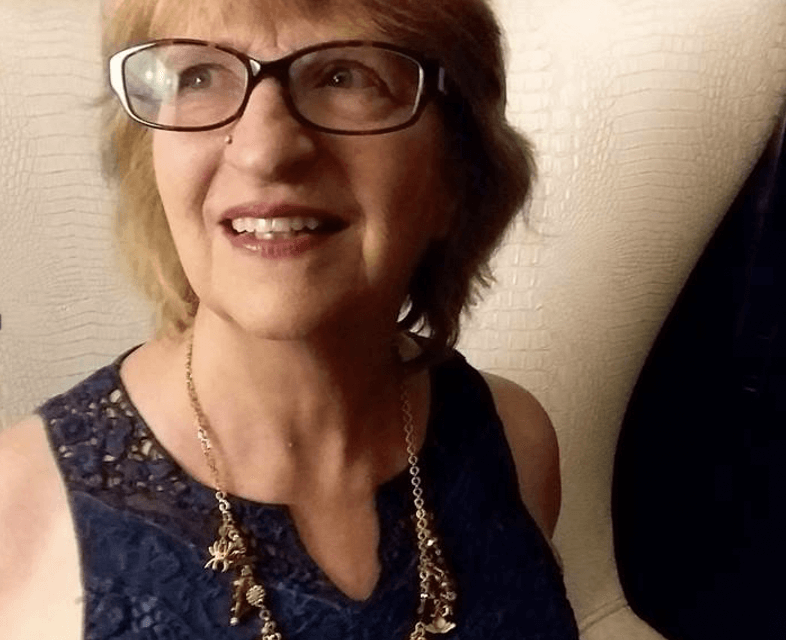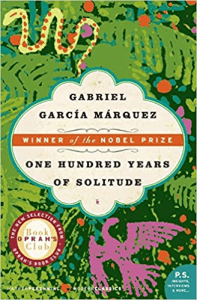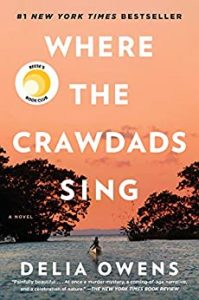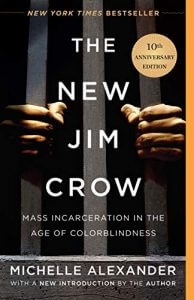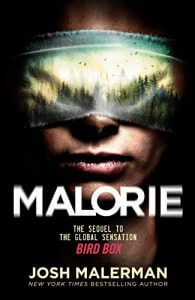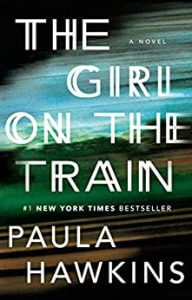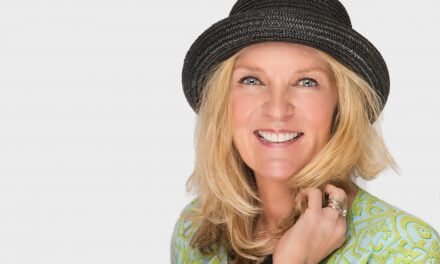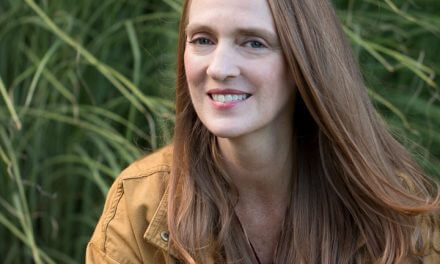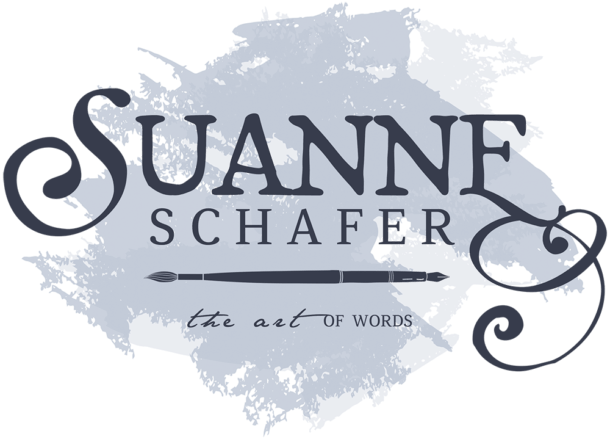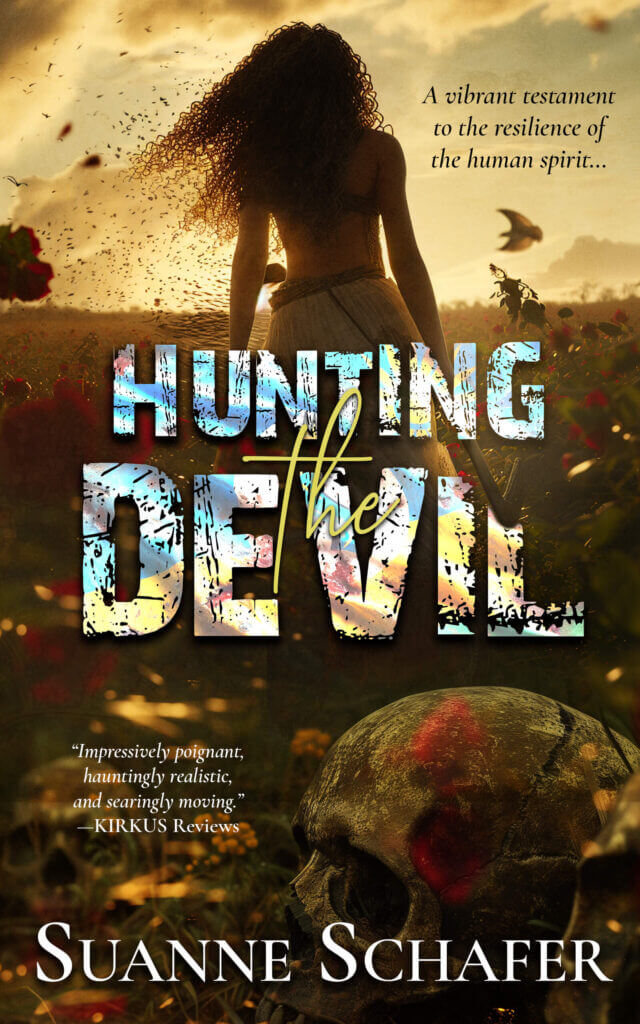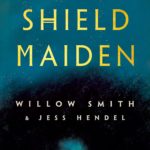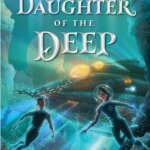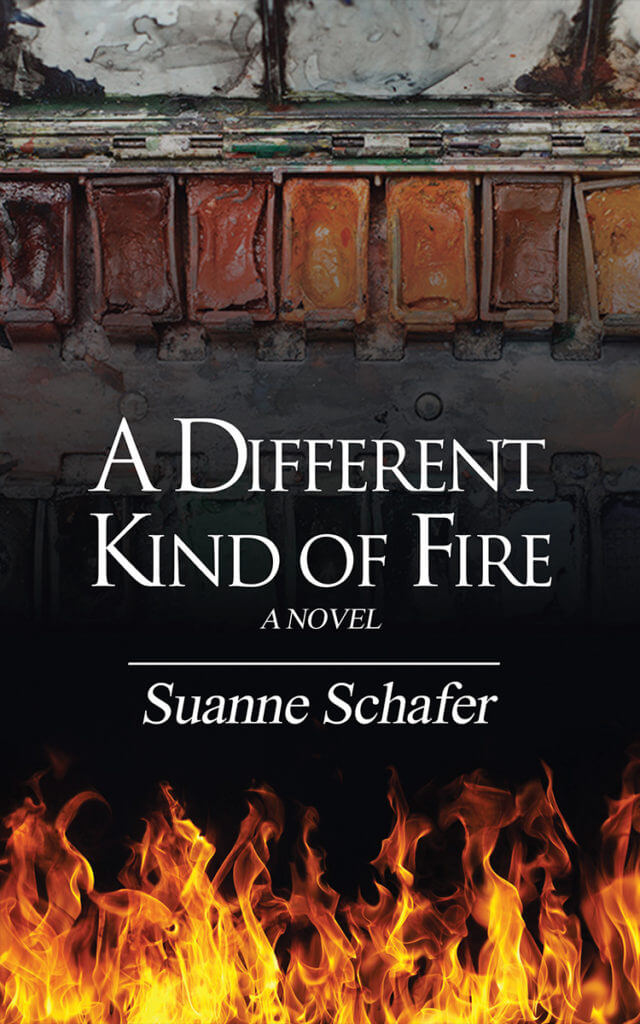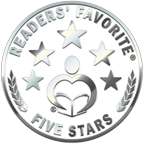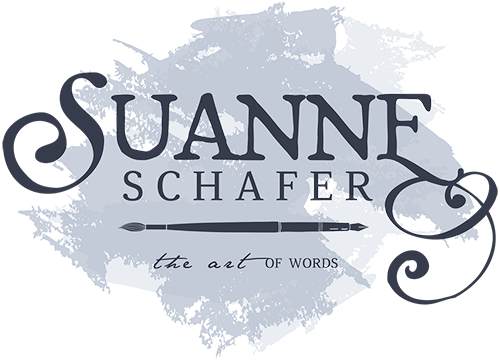Today I have the pleasure of interviewing a new-to-me author, Peggy A. Wheeler. Her non-fiction articles have appeared in numerous magazines. Her poetry appears in small press magazines and women’s anthologies dating back to the early 1980s. She has a B.A. in English Literature from U.C.L.A. and an M.A. in English Literature with a Creative Writing emphasis, from California State University at Northridge. While attending U.C.L.A., Peggy was one of only twelve students (and the only undergraduate) chosen to study with Robert Pinsky, former Poet Laureate of the United States. She won first prize awards for two poems from an Evergreen Women’s Press nationwide poetry contest. Her poetry received honorable mentions from the judges of a Los Angeles Poetry Festival and The Academy of American Poets. Her poem Du Fu was nominated for a Rhysling award for Best Science Fiction Poem. She’s led adult poetry and fiction writing critique groups and workshops in both Colorado and California. In 2018, her novel, The Splendid and Extraordinary Life of Beautimus Potamus, won a coveted Audible’s Reviewer’s Choice Award. Her publisher, Dragon Moon Press, released Peggy’s fifth novel in Summer 2019. The Raven’s Daughter is Peggy’s debut novel. Peggy and her husband, Steve, along with their dogs, live in a funky Geodesic Dome in the northern California mountains where there are more bears than people.
SS: Welcome, Peggy. How long have you considered yourself a writer? Did you have any formal training, or is it something you learned as you went?
PW: I cannot recall exactly when I started writing, but I did pen my first “book” as a class assignment while in the first grade. It was titled My Life because, you know, at age six I had so many experiences for a memoir. I illustrated it with crayon, bound it with staples, and designed the cover art.
My Life was a self-published marvel. Haha. I imagined that it was so good my teacher, Mrs. Erikson (RIP) would grade it an AA+++ and ask me to stand at the front of the class and read it aloud. I was SO proud of that book (all eight pages). Instead, during a teacher-parent conference Mrs. Erickson told my mother, in front of me, that I showed no talent for writing and suggested that I never try to write creatively. She gave me a C-. I was absolutely crushed.
As for training, I have a masters in English with a creative writing minor, and a bachelors in English lit from UCLA, and I’ve taken a number of seminars and writing classes online. I’m always learning.
SS: Do you generally write in one genre? If so, what is it? And what can readers expect from one of your books?
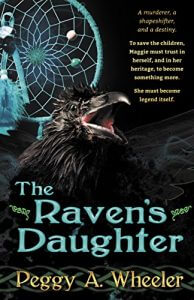
SS: Who do you most wish would read your book?
PW: A well-known director or film producer who is feverishly looking for the exact kinds of books that I write.
SS: Do you believe in writer’s block? How about reader’s block?
PW: I do believe in writer’s block. There are times when life delivers a gut punch or drops a disappointment bomb on me, and my creative expression freezes solid. Sometimes, that creative freeze lasts a few weeks, but once it lasted nearly a year. Initially, I forced myself to write a few sentences, or a page or two, daily, then deleted it and repeated, until I learned to just go along with whatever is happening and allow my creative inspiration to return naturally.
As for reader’s block? I have not heard that expression, but there are periods of time when I read like a maniac at least several books a week, then I may go a month or even two and not read anything other than e-mails and social media posts. I can’t say that’s a block for certain.
SS: How do you give back to the writing community?
PW: I started a Facebook page for authors, editors, agents, and publishers—anyone who adheres to and prefers the traditional publishing path rather than indie or self-publishing. It started off a few years ago very slowly, but by the time this interview is posted we will be over a thousand strong. We share tips, contests, and resources. We talk about how to handle rejections, how to find a good agent or publisher, and share zine and anthology markets. We also share triumphs and disappointments. It’s a good group and I’ve been told that Literary Traditionalists, has been helpful to a good many writers, both experienced and newbies.
I also share new book releases from other writers on my social media, and I buy and review as many books each year written by my author friends as my budget permits. I’m known for encouraging new writers as well those more established writers who have become disillusioned and discouraged.
SS: Do you ever incorporate something that happened to you in real life into your novels?
PW: Most of my characters are based on either someone I have known or encountered, and some are based loosely on myself. I even developed a character based on my son-in-law and used his name per his permission. He loved it. Additionally, often the situations in my novels are based on real-life experiences.
SS: Over time, what would you say has improved significantly in your writing?
PW: Character development and story arc.
SS: Which famous author, living or dead would you like to meet and why?
PW: Gabriel Garcia Marquez—his One Hundred Years of Solitude blew me away when I read it some decades back. I love magical realism and had never heard of it before I encountered Marquez. His writing and his imagination were magnificent.
SS: Do you read your book reviews? How do you deal with bad or good ones? Does a bad one affect your writing?
PW: sometimes I’m puzzled by bad reviews, but most of the time, I celebrate the good reviews and take the bad ones in stride. I learn from reviews about how my readers are accepting my books, what works for them and what doesn’t, and from that, I understand what I need to change to make the next book better than the last.
SS: Who is the protagonist in your most recent work? Describe him/her in ten words or less.
PW: Chaco Erhardt Rodriguez—El Salvadoran physicist in the U.S. illegally becomes a hero.
SS: If you were describing your writing to someone who hasn’t read anything by you before, what would you say?
PW: Don’t expect from my work the same kind of story in the same genre two times in a row.
SS: What kind of research did you think you had to do? How much was actually needed?
PW: CHACO’s research took over two years of research on helioscience sites, and internet research on physics and astrophysics. I also consulted an astrophysicist. Additionally, I employed sensitivity readers for the Latino culture, and native Spanish speakers to review my Spanish in the book for accuracy.
The Raven’s Daughter required over a year of interviewing Wintu, Yurock, Algonquin, and Maidu people to ensure the authenticity of the legends and the culture, and to be respectful I used a slew of sensitivity readers. In addition, I attended two Bear Dances, and three Pow Wows.
I’ve already contacted a forensic entomologist to act as a subject matter expert for a book I am planning.
I could have done more for all my books, I believe. You can’t research too much.
SS: What are common traps for new authors?
PW: Believing that once your novel is completed it will be easy to find an agent or good small publisher, and that you won’t receive any or many rejections.
SS: What’s the best writing advice you’ve ever received?
PW: From a Margaret Atwood lecture I attended a few years back when she said, “The worst piece of writing advice is to write what you know. Instead, write what you are passionate about.”
SS: Violence is often part and parcel of mysteries and crime fiction. I quit reading Patricia Cornwell’s Kay Scarpetta series when the crimes she described got so bizarre I couldn’t sleep after reading one of her novels. Where do you feel the line needs to be drawn when describing the violence taking place?
PW: Violence, like sex, in a novel cannot be gratuitous. There must be a reason for it that moves the story along. I draw the line at “violence for violence sake” in a book. It comes across as an artificial construct, as inauthentic, and too much violence in a story becomes tedious to me and I lose interest.
LIGHTNING ROUND:
Describe your books in 3 words: thrilling, fun, fast
Favorite thing about your genre? For me, it’s easy to write in.
Another genre that you would love to write: literary fiction or magic realism.
When writing, are you a night owl or morning person? Depends. Mostly morning is when my creative energy peaks, but if I get an idea at 11 p.m., I’ll be a night owl.
Pantser or Plotter? Panster
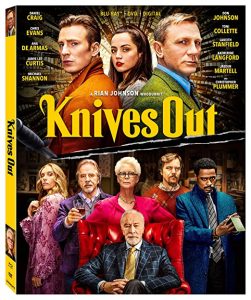
Your favorite guilty pleasure: Martinis and key lime pie
Number one book boyfriend or girlfriend is: Can’t say because I don’t know
Your favorite villain or serial killer is: Dexter or Hannibal Lector
Your favorite detective or spy protagonist is: James Bond
What is your favorite thriller or mystery movie? The Girl on the Train by Paula Hawkins for a book, for a movie it has to be Knives Out
********************
Peggy’s books are available through:
Amazon | B&N | Dragon Moon Press
********************
The Raven’s Daughter is a story about a retired middle-aged female criminologist, Maggie Tall Bear Sloan (½ Yurok and ½ Irish) living in northern California. She shifts into a green-eyed raven from Yurok legend, although she is a skeptic she believes her shapeshifting are only dreams. She is forced out of retirement to catch a child killer who turns out to be a cannibalistic monster from Native legend).
Maggie settled into her lounge chair overlooking Wild River. Her lump of a lazy bloodhound stretched out in the grass beside her, and Samantha, her Siamese, curled into a snug ball on her chest. She’d put on her favorite Clannad CD and opened a paperback book, Learning Irish Gaelic.
The lunch meeting with Jake wore on her, and Maggie had not slept much the night before. The placid music lulled her into drowsiness. Her eyes closed, and as she fell asleep, her fingers went limp and the book slid from her lap landing with a soft plop on the ground.
She dreamt she was a raven. She flew through a remote part of the forest deep into the Trinity Alps. Below, elk and bear foraged for food. Maggie cawed a greeting to them, veered west and flew toward the white cliffs of Sunset Mountain. Beneath the shade of an old Douglas fir, alive despite being split nearly in two by lightning, she saw a thin human-like figure, only much too tall to be a human, hunched over something. Curious, as ravens are, she flew closer, settled onto the limb of the fir and cocked her head to get a better look.
An emaciated native man in dirty torn buckskins with strips of rotting flesh hanging from his hands and face busied himself digging a rectangular hole with a spade. The man had long, stringy, black hair that appeared plucked out in patches revealing skull the color of coffee stains. The music of unseen whistles and drums echoed off the cliffs. “Who are you?” she said. The question came out in a series of caws and clicks.
He ceased his digging, tilted his head above to the branch where she perched. With one eye he stared at her. Where his other eye should have been was a foul hole from which dropped, one at a time, glistening maggots.
***
As she drank her morning French roast, Maggie mulled over the previous day’s meeting with Jake. “I can’t go through this again. I want to help, but I just can’t,” she said to Samantha. The cat arched her back, and yawned. “Anything to do with children getting hurt rips me into shreds.”
She’d experienced the raven dream since she was a kid. It used to frighten her, but as the years passed, they become familiar, sometimes comforting. Mostly her dreams were benign, or even fun. She’d fly among the white oaks, climbing further into the sky above her A-Frame along the river and over the town. She observed the people below going about their business. Sometimes it was day, other times night; sometimes she flew alone, other times she flew among an unkindness of ravens.
Once, flying solo over Main Street, Maggie saw her best friend, Sally Winters, crossing the street from her store, Mama Winters Bookstore and Coffee House, known to locals as “Mama’s.” She swooped down. “Hey, Sally. How’s business?”
Sally looked up at Maggie, shielding her eyes with her hands against the midday sun.
“Sally, it’s me, Maggie,” but only caws and clicks issued from her beak.
********************
Peggy can be found here on social media:
